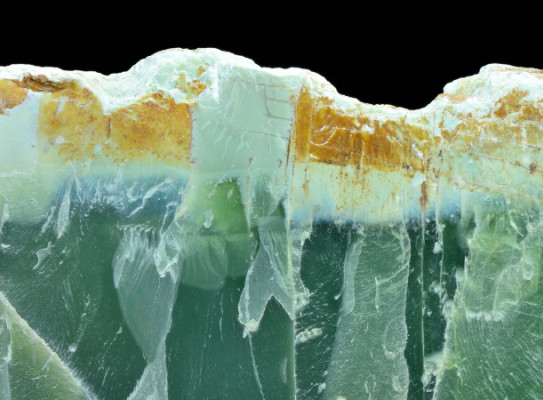Matauranga Maori and Minerals

Over hundreds of years, through interaction with and adaptation to the environment, Māori have developed a deep understanding and knowledge of minerals.
Māori believe that each rock and mineral type emerges from the Earth with its own story, its own whakapapa (genealogy) relating to its origin – hei koha tū, hei kura huna a Papa.
According to Māori tradition (pūrākau), Pūtoto, the god of magma, constantly seeks outward paths towards the Earth’s surface. On his upward journey, Pūtoto leaves many deposits — koha (gifts) for the guardians of the Earth’s bedrock and crust. Through the natural processes of heating, compression, solidification, weathering and erosion, Pūtoto’s deposits generate new varieties of stones, rocks, sand and minerals. Pounamu (also known as jade or greenstone) is one of New Zealand’s most iconic minerals.
Pounamu is the Māori collective term for the semi-precious stone scientifically referred to as nephrite (kawakawa, kahurangi, inanga) or semi-nephrite. Ngāi Tahu are the kaitiaki (guardians) of pounamu and have a desire for it to be managed under the principle of ‘Tiakina he tino taonga Pounamu mō tātou, ā, mo kā uri ā muri ake nei’ (Care for the precious treasure Pounamu for all of us and our children who follow us). GNS Science provides scientific research and information to assist Ngāi Tahu with achieving these aspirations for now and for the benefit of future generations.